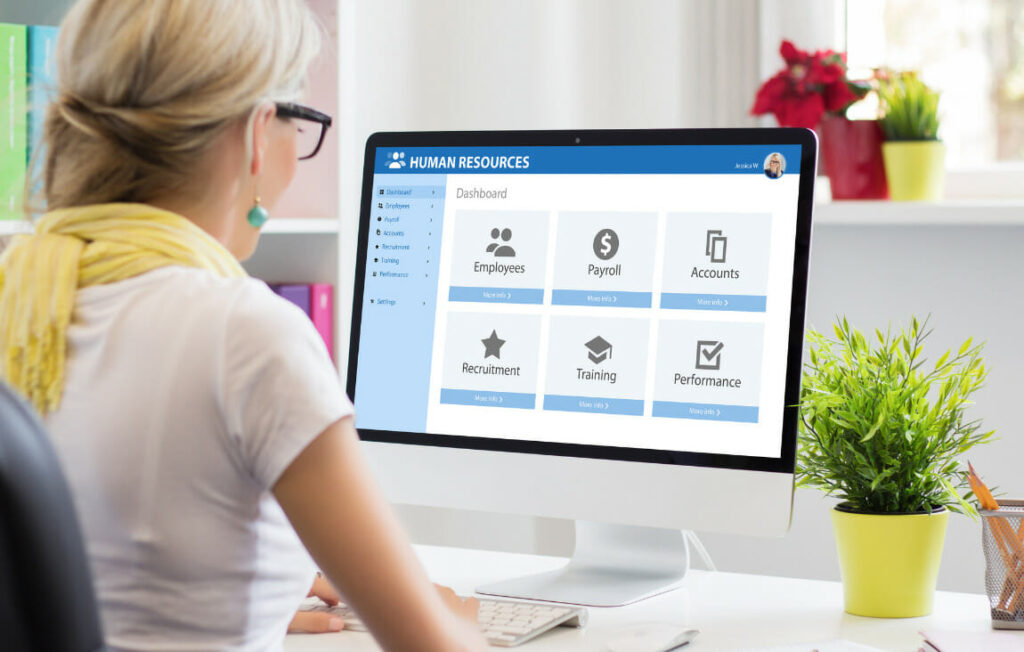In today’s business evolution, efficient human resources processes are more than just a convenience—they are a necessity. Simplifying HR processes can significantly enhance the productivity and satisfaction of both the HR team and the employees they support.
This efficiency can lead to improved hiring practices, more effective employee management, and better compliance with labor laws and regulations. However, the task of streamlining HR tasks can seem daunting given the complexity and scope of modern HR responsibilities.
This no-nonsense guide aims to demystify the process of simplifying HR operations.
We will explore practical strategies and tools that can help reduce paperwork, automate routine tasks, and improve overall HR workflows.
Whether you’re part of a small business or a large corporation, these approaches can help you create a more dynamic and responsive HR department that can better meet the needs of your organization and its employees.
Start by Understanding and Evaluating the Current Methods You Use
One of the first steps in simplifying HR processes is to evaluate the technology and software tools currently in use. Many organizations are burdened by outdated systems that are inefficient and not user-friendly. Investing in modern HR software solutions can automate and streamline many aspects of human resources management, including recruitment, onboarding, payroll, and employee performance evaluations.
When selecting new HR technologies, look for systems that offer integration capabilities, allowing different tools and platforms to communicate seamlessly with each other. This integration can eliminate the need for redundant data entry and reduce errors.
Additionally, choosing software with a user-friendly interface and mobile compatibility can ensure that all team members can access necessary information quickly and easily, whether they are in the office or working remotely.
Find Ways to Simplify Recruitment and Other Processes

Recruitment and onboarding are often the most labor-intensive areas within HR. Simplifying these processes can significantly reduce the workload on HR professionals and improve the experience for new hires. Utilize recruitment software that can automate job postings, track applications, and facilitate communication with candidates. This technology can help streamline the hiring process and ensure a consistent approach to candidate evaluation.
For onboarding, create standardized checklists and automated workflows that ensure all necessary steps are completed in a timely and organized manner. Digital onboarding packages, including virtual tours and online training modules, can help integrate new employees more efficiently, even in remote settings.
Review and Update Policies Regularly
To maintain efficiency, it is crucial to regularly review and update HR policies to reflect current laws, technologies, and best practices. This ongoing evaluation not only helps ensure compliance with regulatory changes but also identifies areas where processes can be further streamlined.
Engage with all stakeholders, including HR staff, management, and employees, to gather feedback on existing procedures and potential improvements. Make sure you consult experts such as Jeff Smith Blackrock to ensure that you are doing your best for your brand, employees, and customers.
This collaborative approach can lead to more effective and universally accepted HR practices.
You Should Analyze Data to Make Better Decisions

Data analytics can transform HR processes by providing insights that lead to more informed decision-making. With the right tools, HR professionals can analyze trends related to employee performance, turnover rates, hiring cycles, and more. This information can be instrumental in identifying areas for improvement within the organization, from refining recruitment strategies to enhancing employee retention programs.
Implementing analytics requires choosing the right metrics to track and ensuring that data collection methods are efficient and effective. Automated HR systems often come equipped with analytics capabilities, but it may also be necessary to integrate additional specialized tools for deeper insights. Training HR personnel in data interpretation and application ensures that the insights gained are used to make strategic improvements.
The Communication Should Be Uninterrupted and Without Issues
Effective communication is crucial for a functional HR department, especially in organizations where employees are spread across multiple locations or work remotely. Simplifying communication channels can significantly improve the efficiency of HR operations.
Implementing centralized communication platforms that integrate messaging, video conferencing, and document sharing can facilitate quicker responses and better collaboration among HR staff and employees.
It’s important to establish clear protocols for communication, including when and how different tools should be used. For instance, immediate issues might be handled via instant messaging, while more formal communications, such as policy updates, might be distributed through email or an internal newsletter. Regular training and updates can help ensure everyone is proficient with the tools provided and adheres to communication protocols.
Make Sure You Support Your Employees’ Training and Development

Employee training and development are key areas where HR processes can often be optimized. Moving away from traditional, one-size-fits-all training programs towards more customized and flexible learning options can greatly improve outcomes.
Online learning platforms that offer a range of courses in different formats (e.g., live, recorded, interactive) allow employees to engage in learning at their own pace and according to their personal and professional needs.
Moreover, integrating these platforms with other HR systems can help track progress and performance, allowing for better alignment of training programs with individual and organizational goals. This not only makes the training process more efficient but also enhances its effectiveness by ensuring that employees receive relevant and timely education that contributes to their career growth.
You Should Strive Towards a Culture of Continuous Improvement
To truly simplify HR processes, it’s essential to foster a culture of continuous improvement within the HR team and the organization as a whole. This involves regular assessments of HR practices and being open to feedback and suggestions from employees at all levels. Encouraging a proactive approach to finding and implementing improvements can lead to more innovative and effective HR solutions.
This culture can be cultivated by celebrating successes in streamlining processes and recognizing the contributions of staff members who identify efficiencies or enhance workflows. Regular workshops or brainstorming sessions can also be valuable in generating ideas and engaging the team in efforts to simplify and improve HR practices.
Simplifying HR processes is not just about reducing paperwork or cutting costs—it’s about creating an HR department that is agile, responsive, and aligned with the strategic needs of the organization.
By leveraging technology, empowering employees, and continuously seeking improvements, HR professionals can build systems that support not only the functioning of the organization but also the well-being and development of every employee.
Implementing these strategies can transform HR into a dynamic and crucial component of organizational success.




